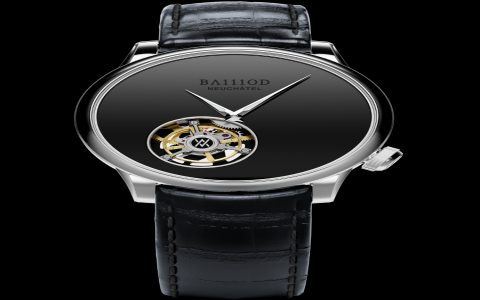Vantablack, a material renowned for absorbing up to 99.965% of visible light, has intrigued the watchmaking world. However, a full Vantablack watch is generally impractical due to the material's fragility.
Challenges of Using Vantablack in Watches
- Fragility: Vantablack is not a paint; it's a coating of vertically aligned carbon nanotubes. This structure is delicate and prone to damage from scratches or impacts.
- Application: The application process requires specialized equipment and controlled environments, making it difficult and expensive to apply to complex watch components.
- Durability: The coating can degrade over time, especially with exposure to moisture or abrasion.
Common Uses in Watchmaking
Despite the challenges, Vantablack has found limited but striking applications in watches:
- Dials: Vantablack is primarily used on watch dials to create an incredibly deep, light-absorbing background. This enhances the contrast and legibility of the hands and markers.
- Limited Editions: Some high-end watchmakers have released limited edition watches featuring Vantablack dials as a statement of innovation and exclusivity.
Alternatives and Considerations
While a completely Vantablack watch isn't feasible, some manufacturers use alternative black coatings like DLC (Diamond-Like Carbon) to achieve a durable, dark finish that approximates the aesthetic. When considering a Vantablack watch, be aware of its delicate nature and handle it with care.

In summary, Vantablack watches are more of a niche novelty due to the material's inherent limitations. Its primary value lies in creating ultra-black dials that offer exceptional visual depth and contrast.







